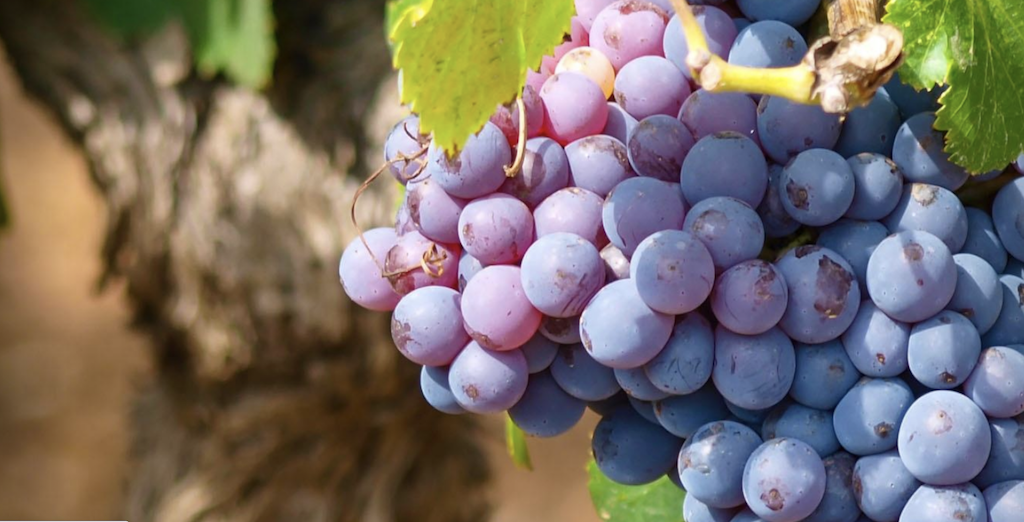by Mary Cessler of Vindulge
“What makes a single vineyard special is that it expresses a personality. If you’re willing to play nicely with [the vineyard], it will show you that personality.” – Julianna Martinelli
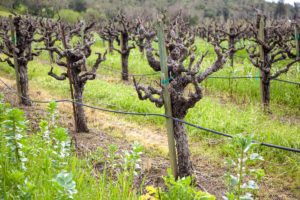 Almost any winemaker will tell you that site matters in the production of a great bottle of wine. But wine is not the only product that uniquely expresses itself based on where it is grown. This is something that is expressed all the time in the food we eat.
Almost any winemaker will tell you that site matters in the production of a great bottle of wine. But wine is not the only product that uniquely expresses itself based on where it is grown. This is something that is expressed all the time in the food we eat.
The experience of tasting a wine from a specific site can have a similar experience as tasting your first organic grass-fed cow, and how the flavor of that meat is heavily influenced by the animal’s environment and diet (vs a steak from conventionally raised cattle that tastes like, well, all other steaks from the meat section of a particular grocery chain).
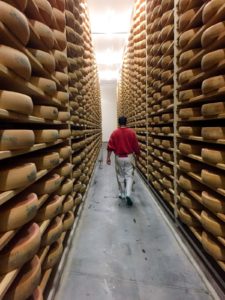
Or take Comté cheese from the Jura Massif region of Eastern France vs Swiss Gruyere, or other semi-hard cow’s milk cheeses grown elsewhere. A summer tomato fresh off the vine compared to the same kind of tomato from a grocery store in January will stop you in your tracks. That was the experience when I started tasting single vineyard Zinfandels produced from Legendary Zinfandel Vineyards, vs the commercially produced Zinfandels I had grown used to. There was a distinction and something that made them uniquely different that made them truly special. These are wines that can stop you in your tracks for providing that same authenticity as some of the highest quality food products produced in the world.
There’s something to be said about the DOP system of food labeling found in specialty products in Italy. DOP, short for Denominazione di Origine Protetta (“Protected Designation of Origin”), is a certification, guaranteed by the European Union, that ensures that products are grown and packaged locally, and a guarantee to the consumer that the food was made by local farmers and artisans, using traditional methods. While these products carry a higher price tag vs their counterparts, it carries a promise of the highest quality. Prosciutto di Parma from the Emilia-Romagna region and the Prosciutto di San Daniele from the Friuli Venezia Giulia region are examples of a distinct flavor you’ll find in a terroir driven food product.
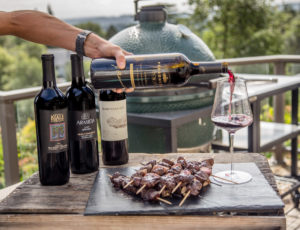
While we have a slightly similar system with the AVA (or American Vinicultural Area) designation in the US in regards to wine production, this does not apply to specific vineyard sites, or the importance of protecting individual plots or growing areas. But perhaps someday we may take stronger measures to protect these sites? With Zinfandel it only takes a side by side tasting of a single vineyard bottling from a Legendary Vineyard site next to a blended one from multiple sites to understand how unique these sites can be. The latter, while still pleasurable to drink, is typically meant to create a consistent product year after year, so that you know what to expect. The former is a true reflection of where it’s grown, of a specific site and vintage.
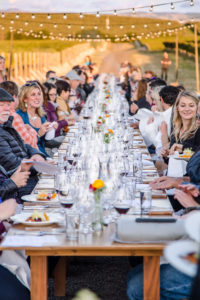
As a cookbook author and caterer, I can’t help but reflect on a farm to table food experience when talking about Zinfandels from Legendary Vineyards. Like the experience of eating a farm raised, grass fed steak, or the flavor profile from a cheese grown in a distinct region of France, the nuances of these wines are unique and special, and should be sought out when buying a high quality wine destined for a food pairing.
Terroir in food (and of course wine) is an important tradition in French and Italian cultures, and something to be respected and passed on to future generations. It is something to be preserved, honored, and protected, as it should with the Legendary Zinfandel Vineyards from California’s most important growing regions. The rich history of Zinfandel in the US is something that should be celebrated, honored, and taught and ideally translated to buyers seeking out these wines.
With Zinfandel, vineyard site matters. So if you’re looking to experience these wines seek out those that not only offer a specific regional AVA source on the label, but one that specifies the exact vineyard where the fruit was sourced. It is worth reaching out to your wine shops to find these single vineyard options and experience the true personalities that shine from these wines.
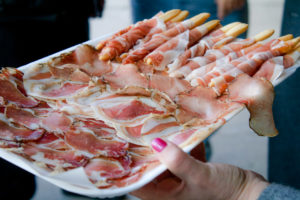 And if you’re looking for something to eat with these wines, consider swaying away from those classic bold food recommendations. These Zinfandels offer a multitude of flavors and experiences, with consistently beautiful acidity, which opens them up to a wide variety of foods to pair. If you truly want to experience the nuances of the specific wine, I recommend keeping the foods simple so as not to distract too much from the wine experience. Instead let the wine shine and experience a new perspective with Legendary Zinfandel.
And if you’re looking for something to eat with these wines, consider swaying away from those classic bold food recommendations. These Zinfandels offer a multitude of flavors and experiences, with consistently beautiful acidity, which opens them up to a wide variety of foods to pair. If you truly want to experience the nuances of the specific wine, I recommend keeping the foods simple so as not to distract too much from the wine experience. Instead let the wine shine and experience a new perspective with Legendary Zinfandel.
Photo credit: Mary Cressler
